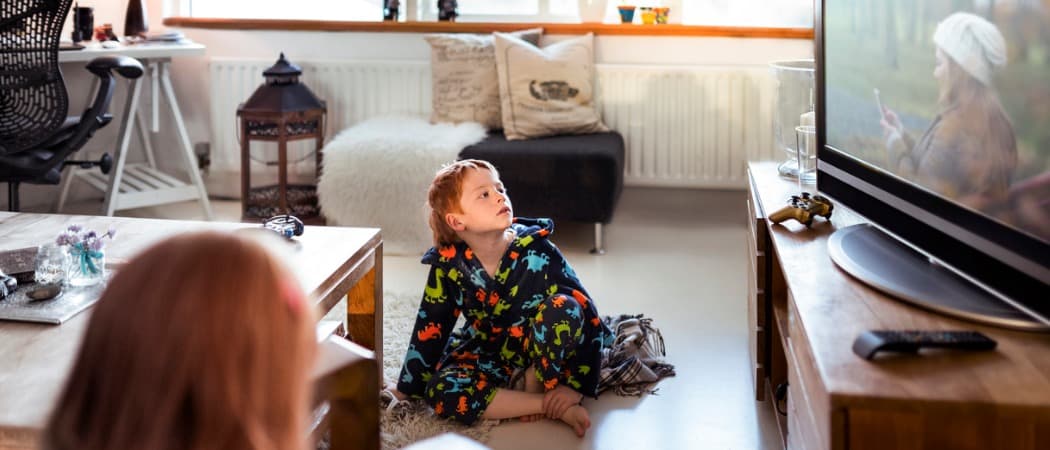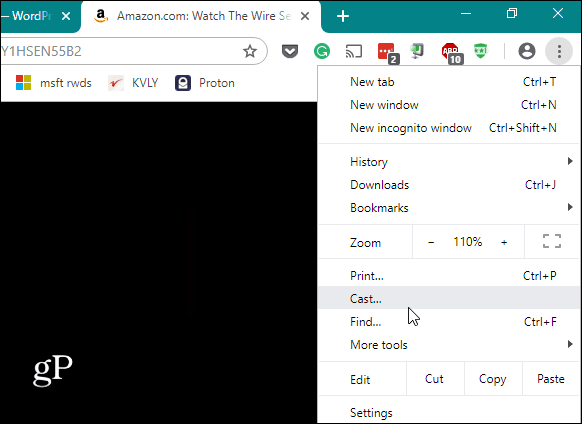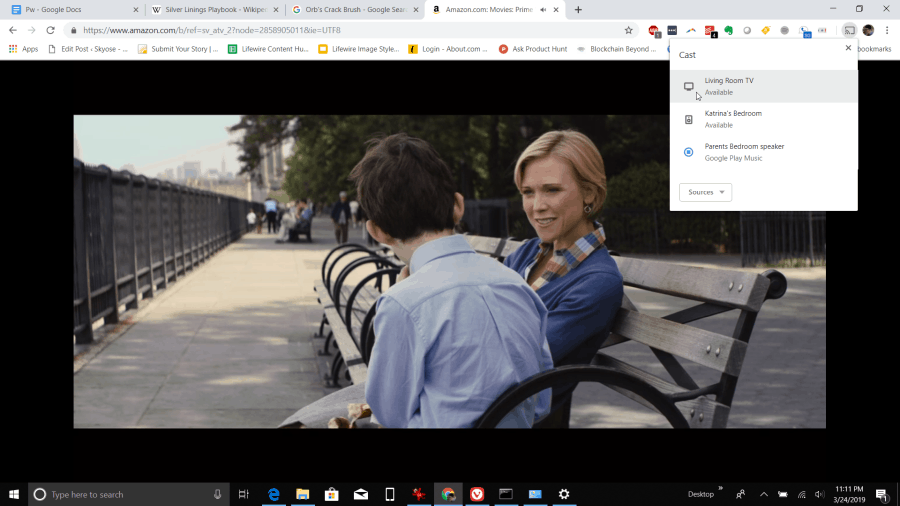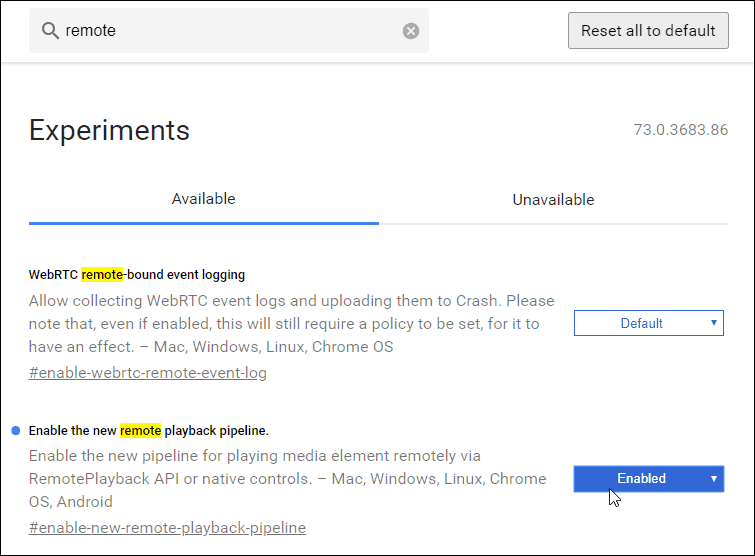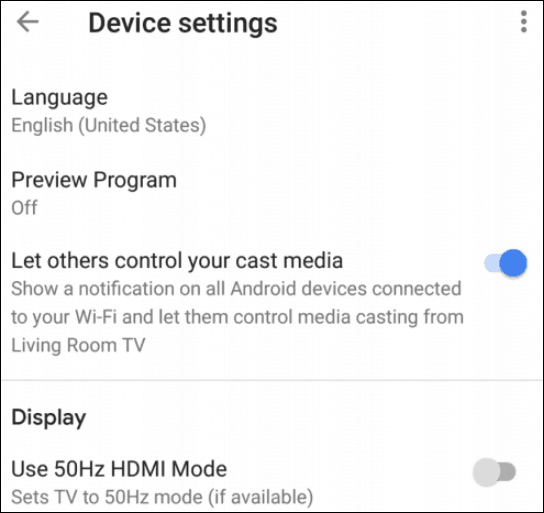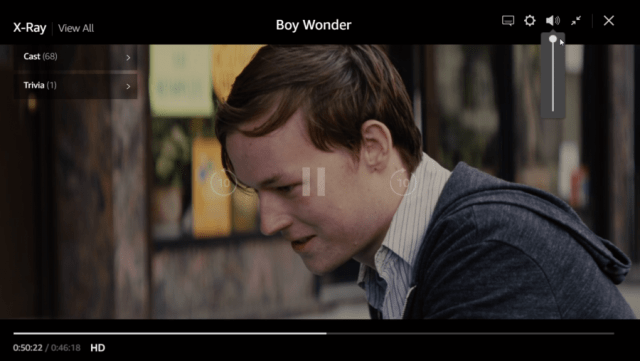For this option to work, there are a few prerequisites you’ll need in place first. Once the video is playing, select the three dots at the upper-right corner of the Chrome window, and select Cast.
This will bring up another window that will display all of the detected Google devices on your home network that the browser can cast that browser tab to. Choose the television your Chromecast device is plugged into. You’ll see the device turn blue once casting has started.
The other issue is that streaming a tab limits the quality to 1080p, and the quality could be reduced if you have a poor network connection or a slow network card. You can improve both of these issues with a couple of small tweaks. The first is enabling a flag in the Chrome browser called #enable-new-remote-playback-pipeline. This optimizes the streaming of video content from the browser to remote devices like a Chromecast. To enable this, type chrome://flags/#media-remoting in your browser URL field. Type: remote into the search field. Set Enable the new remote playback pipeline to Enabled.
Another way to improve video streaming to the Chromecast is a special setting in the Google Home app to use 50Hz HDMI mode. This improves the video quality if your TV can support 50Hz HDMI. To access this:
Thankfully, this couldn’t be further from the truth. There are several ways to control the volume once you start casting the tab.
Next, you can use the Google Home app to adjust the volume of your Chromecast device itself. This usually has the biggest impact on the overall volume.
To access this screen: The odds are good that you won’t set this volume to 100% without the volume getting too loud.
![]()
